🇯🇵日本語
🔹 2つの会社を経営、仙台と東京で挑戦
小泉元樹さんは、仙台を拠点にデザイン会社「enround」を立ち上げ15期目。
さらに3年前からは東京・恵比寿で国際貿易事業を展開し、海外で商品を製造しクライアントのオリジナル商品を形にしている。
「デザインの現場と、国際的なものづくり。その両輪で走っています。」
🔹 人生を動かした“縁”の数々
小さい頃から分解や修理に夢中になり、サッカーに打ち込んだが高校でケガにより断念。転機となったのは美術教師との出会いだった。油絵にのめり込み、芸術の道を志すようになる。
さらに予備校時代、先生の一言で「デザイン工学」という新しい学問を知り、1期生として東北芸術工科大学デザイン工学部生産デザイン学科に進学。
大学では迷いの中で出会った一冊の本が決定打となった。「美しく描くことではなく、社会に役立つコンセプトを形にすることこそデザインだ」と気づいた。
「油絵との出会い、先生の言葉、本との出会い。すべて縁に導かれて進路が決まっていきました。」
🔹 アイリスオーヤマで学んだ“生活者視点”
卒業後はアイリスオーヤマで新商品開発を担当。毎週新製品を出す企業文化の中、徹底的に生活者目線で考える習慣が身についた。
代表作がペットフードストッカー。袋ごと保存したいという生活者の声を反映し、主要な袋サイズがそのまま収まる容器を開発。25年以上経った今でも海外で売れ続けている。
「デザインはきれいに作ることではない。不便や不満をどう解決するか。それがデザインの本質だと思います。」
🔹 日常から生まれる市場感覚
市場調査について尋ねると、小泉さんは「生活そのものがリサーチ」と答える。
交流会や街歩き、人間観察から情報を拾い、さらにGoogleアラート等を活用して気になるワードの最新情報を自動収集。
「そこから得た情報を、自分の生活や感覚と組み合わせていきます。相談が来たときには、すでに頭の中にいくつもパターンが用意されているんです。」
🔹 気づきをデザインに変える
新しいシェアハウスのインテリアデザインを依頼され、調査のためシェアハウスに住んでいた時、玄関にあった「日本語の友達がほしい」という張り紙をヒントに、下駄箱をホワイトボード化。住人の誕生日や出身地が書き込まれ、自然と交流の場となった。
「人が見落としていることに気づきを与える。それを形にするのがデザインの力です。」
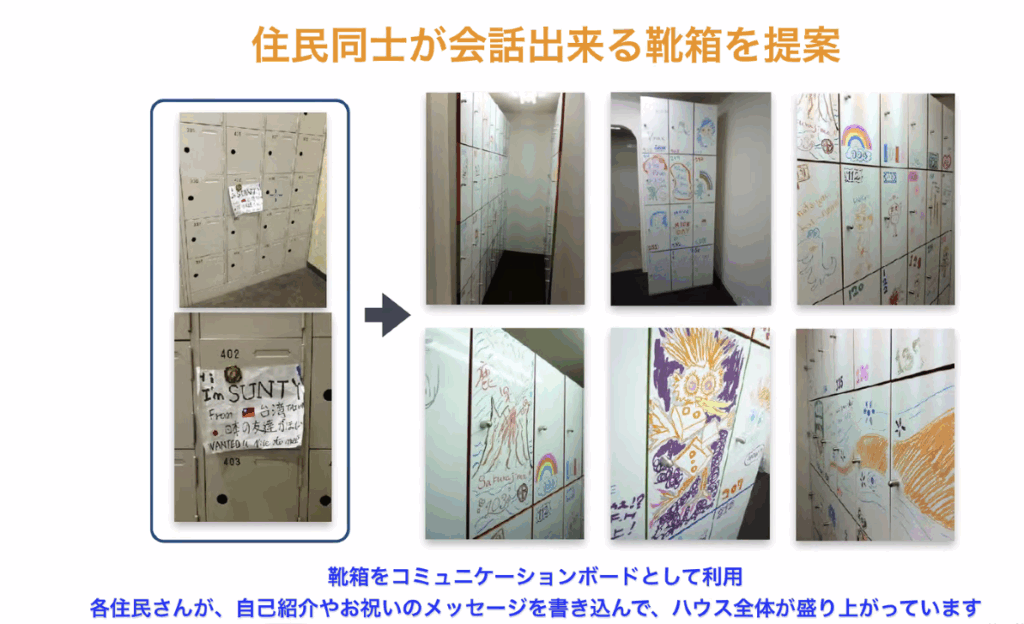
🔹 人を見て育てる、デザインのもう一つの仕事
現在はデザイン未経験のスタッフを育てている。
「昭和の時代は“一を聞いて十を知る”。でも中国で学んだのは“10知っているなら10教えるべき”。国や人によってスタイルは違います。」
相手をよく観察し、その人に合った方法で教える。やる気があれば徹底的に10を教えるし、考える力を伸ばしたい人には1だけ渡す。
「人によって育て方は違う。観察して、その人にとって最適な学びの場を作るのもデザインだと思っています。」
🔹 震災で帰国、家族と地元への想い
中国で会社を動かしていた最中、東日本大震災が発生。小泉さんは迷わず帰国した。
「大切にしないといけないのは家族。そして仙台・宮城を誇れる場所にしたいと思った。」
海外で暮らしたからこそ、日本人特有の“思いやり”や“気遣い”の感覚を再確認した。
「子どもたちが“日本に生まれてよかった”と思える国にしていきたい。」
🔹 七ヶ浜のルバーブに眠る可能性
最近取り組んでいるのは宮城・七ヶ浜町で育てられてきたルバーブ。明治時代に外国人避暑地として栽培が始まったが、今ではほとんど知られていない。
小泉さんは石巻の就労支援施設と協力し、ジャム作りに挑む。また、香料、染料などに展開。地域資源を「眠れる宝」から「新しい産業」へと育てようとしている。
「ローカルに眠る宝物を掘り起こし、デザインで未来につなげたい。」
🔹 ペンギン愛は“偏愛”を超えて
熱狂的なペンギン好きとしても知られる。海外で集めたグッズ、自ら企画したオリジナル商品まである。
「鳥なのに海に戻る、群れて暮らす、進化が不思議。全部愛おしいんです。」
その偏愛を形にする姿勢は、まさにデザインの根本にある「心を豊かにする力」につながっている。
🔹 映画のタイトルは『ファーストペンギン』
半生を映画にするとしたら?
「迷わず『ファーストペンギン』ですね。」
群れの先頭で海に飛び込む勇気ある一羽。その姿を自らの生き方に重ねる。
「中国に渡ったのも、震災で帰国を決めたのも、ルバーブに挑戦したのも。全部“最初に飛び込む”選択でした。」
縁に導かれながら、好きなことに飛び込み続ける小泉さん。新しい海へ挑戦する“ファーストペンギン”の物語は、これからも続いていく。
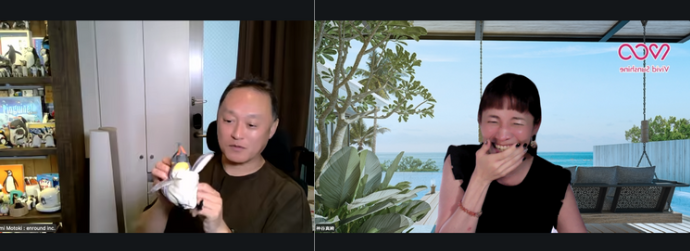
🇺🇸英語
Diving into Design as a “First Penguin”
Motoki Koizumi,
CEO of enround Inc.
🔹 Running Two Companies: Challenges in Sendai and Tokyo
Motoki Koizumi is in his 15th year running his design company enround in Sendai.
Three years ago, he also launched an international trade business in Ebisu, Tokyo, producing goods overseas and turning clients’ original product ideas into reality.
“I’m moving forward on two wheels: design at home and manufacturing on a global scale.”
🔹 A Life Shaped by Encounters and “En” (Connections)
From a young age, Koizumi loved taking things apart and fixing them. He pursued soccer seriously until a knee injury in high school cut that dream short. The turning point came through a teacher who inspired him to immerse himself in oil painting and consider a future in art.
Later, while in prep school, another teacher introduced him to the then-new field of design engineering. He entered Tohoku University of Art & Design as part of its very first class in the Department of Product Design Engineering.
At university, he found clarity through a book that shifted his perspective: design wasn’t just about creating beautiful things—it was about shaping concepts that serve society.
“From oil painting, to teachers’ words, to a book that changed my thinking—every step was guided by en, the connections that shaped my path.”
🔹 Lessons from Iris Ohyama: Seeing Through the Consumer’s Eyes
After graduation, Koizumi joined Iris Ohyama, where he worked on new product development in a culture that released new products every week. The experience ingrained in him a deep consumer-oriented mindset.
One of his best-known products was a pet food storage container designed to fit bags of various sizes—a direct response to users’ needs. Even 25 years later, it continues to sell overseas.
“Design isn’t about making things look good. It’s about solving inconvenience and dissatisfaction. That, to me, is the essence of design.”
🔹 Everyday Life as Market Research
When asked how he conducts market research, Koizumi replies: “Life itself is my research.”
He gathers insights from networking events, walking the city, and observing people. He also uses tools like Google Alerts to automatically track keywords relevant to his clients’ industries.
“I combine those inputs with my own sensibilities. By the time clients consult me, I already have several patterns in mind.”
🔹 Turning Insights into Design
While working on the interior design of a new share house, Koizumi lived in one himself for research. A simple note on the entrance—“Looking for Japanese-speaking friends”—inspired him to transform the shoe cabinet into a whiteboard. Residents began writing birthdays and hometowns, and the entryway became a natural hub of communication.
“Design gives shape to overlooked needs. It creates moments of awareness that change behavior.”
🔹 Nurturing People as Part of Design
Today, Koizumi is training a staff member with no prior design experience.
“In Japan we used to say, ‘hear one and understand ten.’ In China, I learned it’s the opposite: if you know ten, you should teach all ten. The right approach depends on the person and culture.”
By observing each individual closely, he tailors how much to teach and how to create the best environment for learning.
“Design is also about designing spaces for growth. Teaching is part of that.”
🔹 Returning Home After the Earthquake
While running his company in China, the 2011 Great East Japan Earthquake struck. Koizumi immediately decided to return to Japan.
“What matters most is family. And I want Sendai and Miyagi to be places people can be proud of.”
Living abroad made him appreciate uniquely Japanese values like omoiyari (thoughtfulness) and sensitivity to others.
“I want my children to grow up saying, ‘I’m glad I was born in Japan.’”
🔹 Uncovering the Hidden Potential of Rhubarb
Recently, Koizumi has turned his attention to rhubarb grown in Shichigahama, Miyagi. Introduced during the Meiji era in foreign summer resorts, it is now largely forgotten.
He collaborates with a local welfare facility in Ishinomaki to produce rhubarb jam, while exploring its use in fragrances, dyes, and more.
“Local treasures often lie dormant. My role is to uncover them and connect them to the future through design.”
🔹 A Passion for Penguins Beyond Hobby
Koizumi is also known as an enthusiastic penguin lover. He has collected penguin goods worldwide and even designed his own original products.
“They’re birds that returned to the sea, they live in groups, and their evolution is so mysterious. I can’t help but love everything about them.”
This passion reflects his belief that design should enrich the heart, connecting even “偏愛” (obsessive love) to creative work.
🔹 If His Life Were a Movie: First Penguin
Asked what he would title a movie of his life, Koizumi answers without hesitation: First Penguin.
In a flock, the first penguin to dive into the sea takes the greatest risk but also shows the greatest courage.
“Going to China, returning after the earthquake, taking on rhubarb—all of it was about diving in first.”
Guided by connections and passions, Koizumi continues to leap into new seas. His story as a “first penguin” in design is far from over.

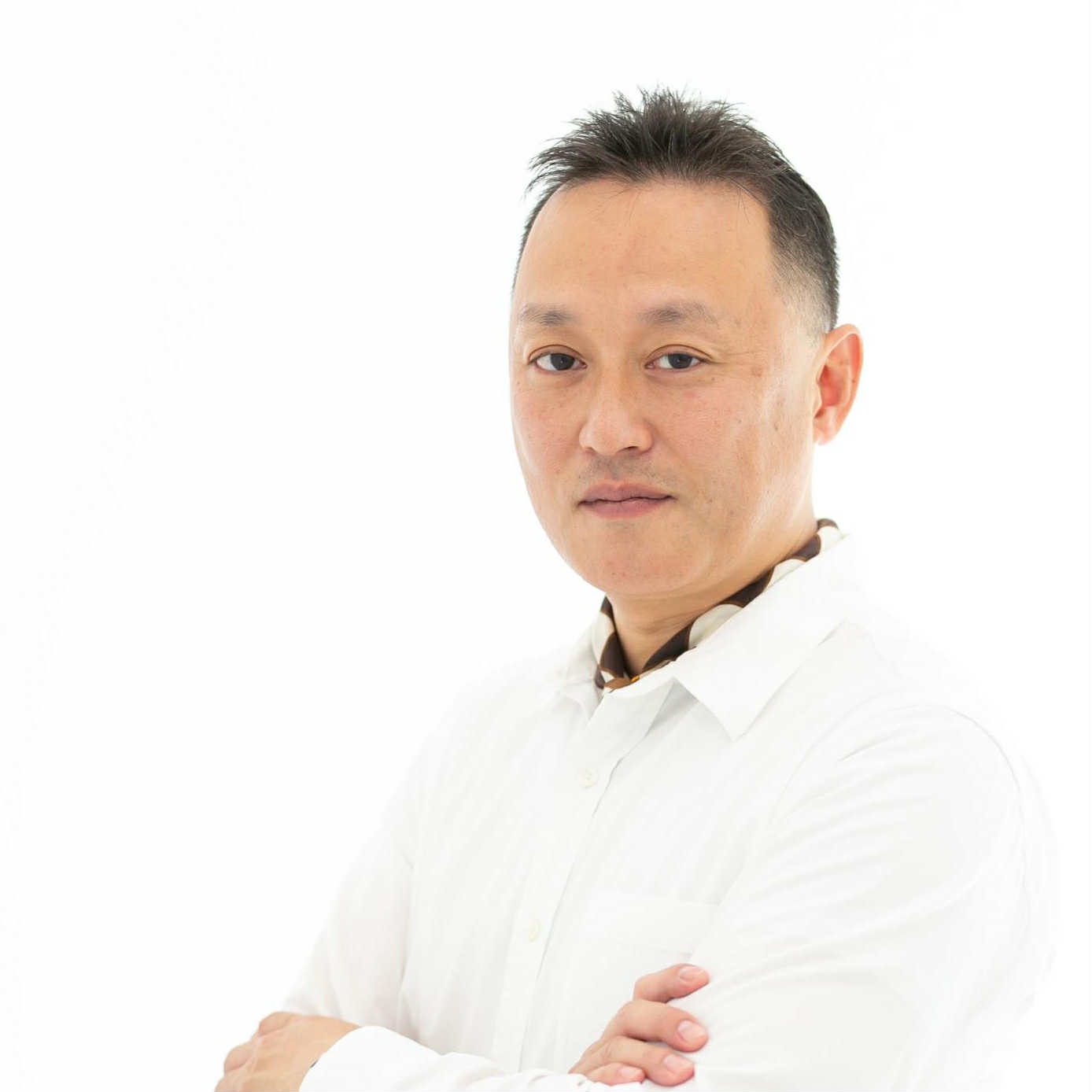
【PROFILE】
小泉 元樹(こいずみ・もとき)
株式会社enround(エンラウンド)代表。仙台出身。
アイリスオーヤマで新商品開発を担当後、中国でデザイン会社を設立。震災を機に帰国し「エンラウンド」を創業。現在は仙台でデザイン会社、東京で国際貿易事業の2社を経営。生活者視点の商品・パッケージ・空間をデザインし、地域資源を活かしたプロジェクトにも取り組む。筋金入りのペンギン愛好家。
Motoki Koizumi
CEO of enround Inc., born in Sendai.
After developing new products at Iris Ohyama, he founded a design company in China before returning home after the 2011 earthquake to establish enround. Today he manages two businesses: a design company in Sendai and an international trade firm in Tokyo. He designs products, packaging, and spaces with a consumer-first perspective, while also leading projects to revitalize local resources. A lifelong, passionate penguin enthusiast.
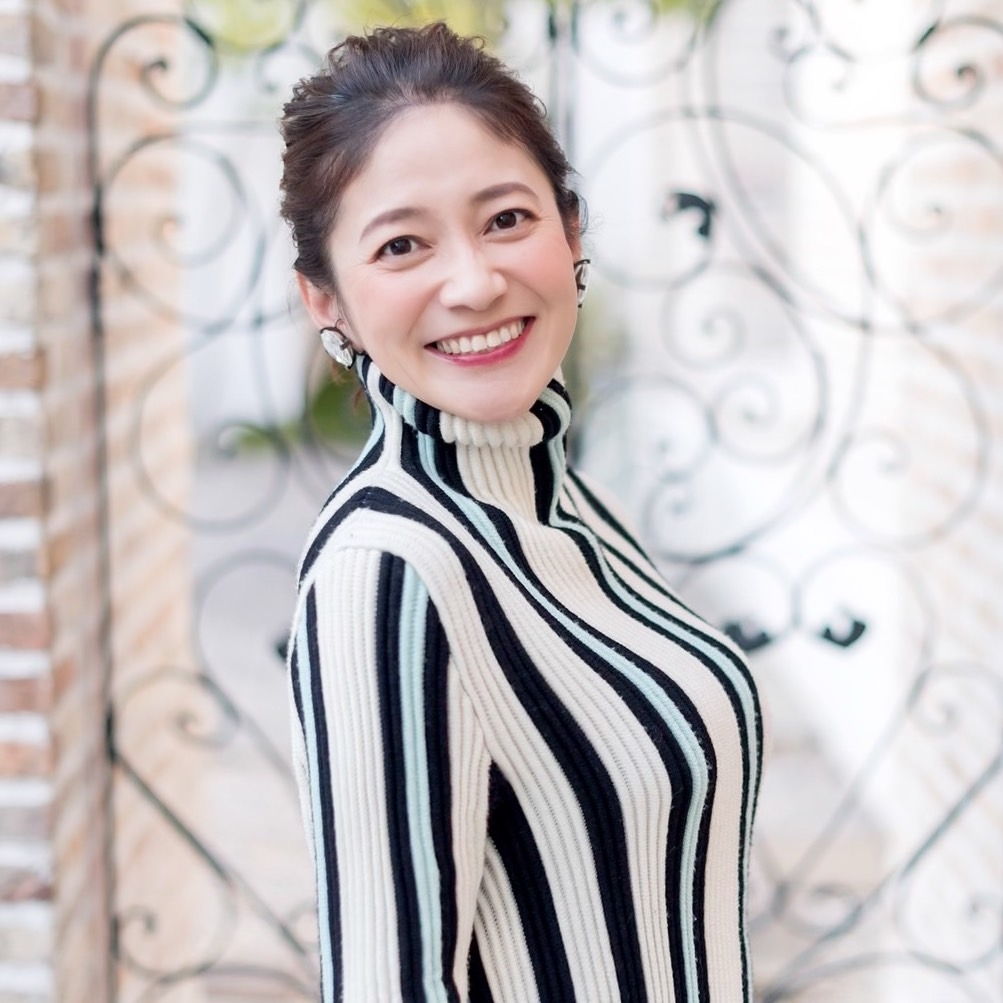
【PROFILE】
真綺(Maki)
語りの芸術家/インタビュアー/コミュニケーション・スペシャリスト
8年間“しつもん力”を教え、日本語と英語の間で人の想いを橋渡ししてきた。
これまで国内外で、経営者、アーティスト、国際的イベントの登壇者など延べ数千人と対話。
世界的な授賞式や王室叙任式のスピーチ・通訳も担当し、言葉と存在感の両面から人の魅力を引き出す。
Maki
Word Painter / Interviewer / Communication Specialist
For eight years, Maki has taught the art of asking powerful questions, bridging stories between Japanese and English.
She has engaged in thousands of conversations with business leaders, artists, and speakers at international events, both in Japan and abroad.
Her work includes speeches and interpretation for global award ceremonies and royal investitures, capturing and conveying the essence of a person through both words and presence.
経営者の存在感を、言葉とストーリーに刻む。
真綺による日英インタビューにご興味のある企業様はこちらからお問い合わせください。
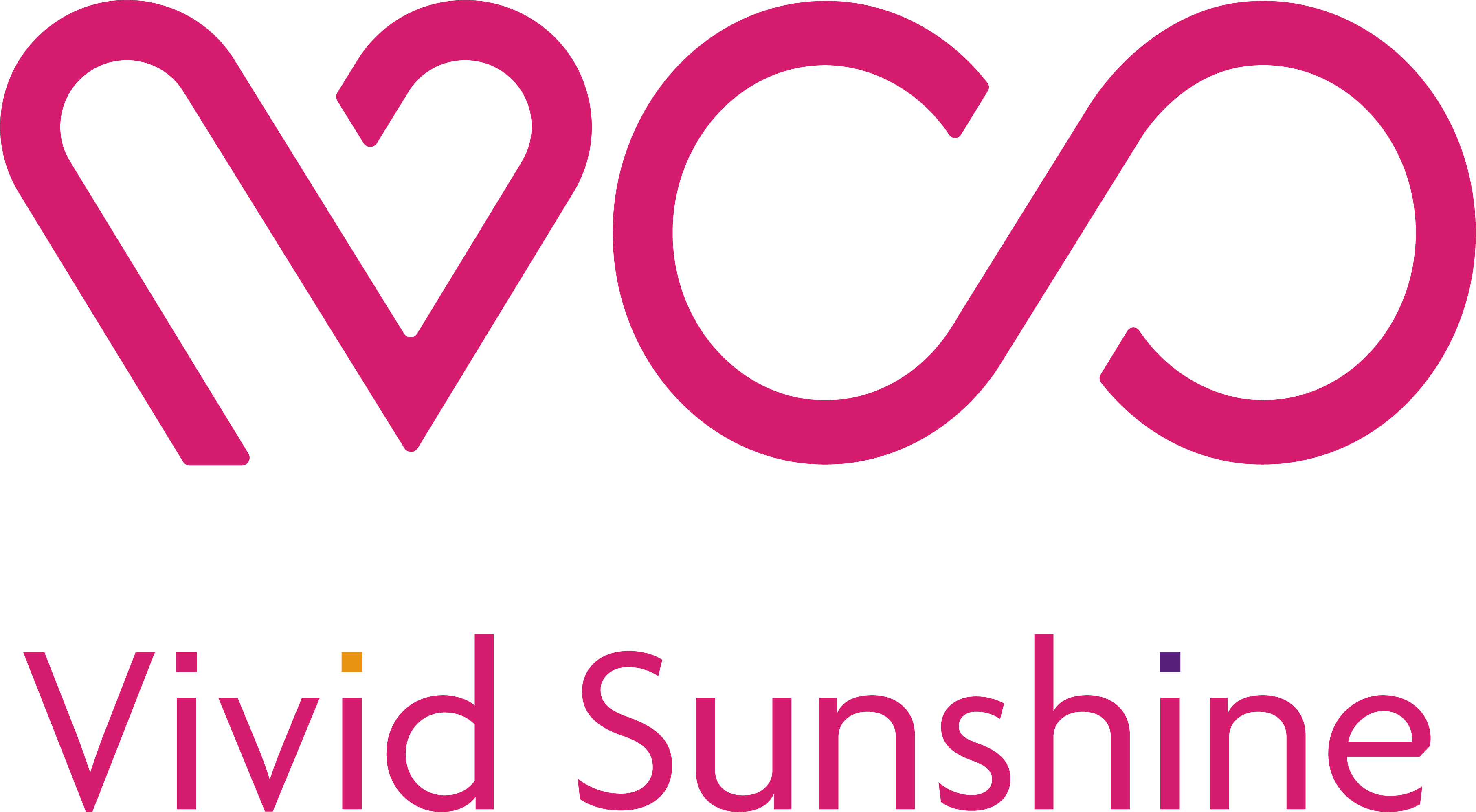

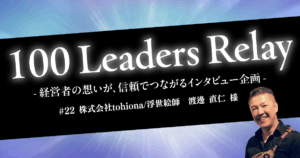
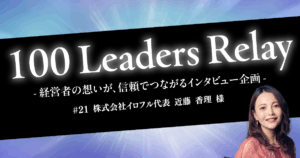
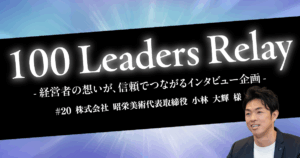
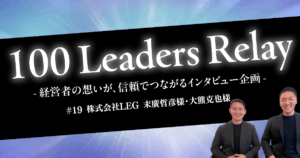
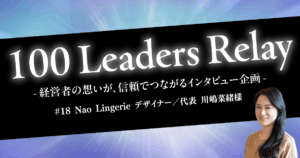
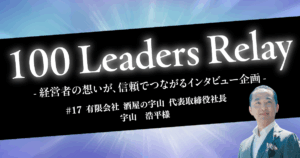
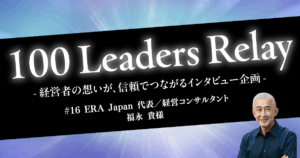
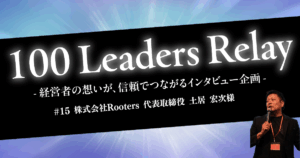
コメント